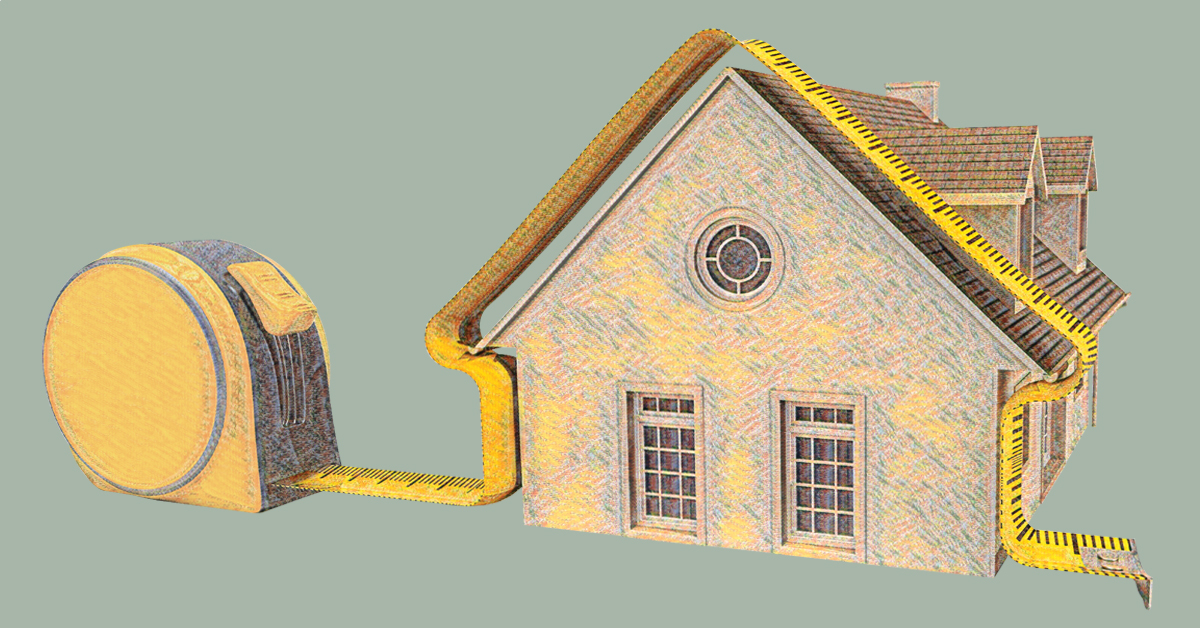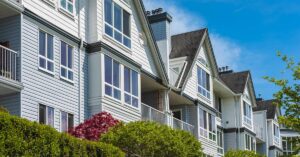After nearly two decades working with the manufactured-housing industry, Dave Anderson is aware of the disparaging things people say about this sector. The executive director of the National Manufactured Home Owners Association, which advocates for manufactured-home owners, says that the negative attitudes many people have toward manufactured homes and the parks they inhabit are something akin to prejudice.
“It goes beyond even a stigma or stereotype,” Anderson says. “Some of it carries over into individual opinions that people hold and then express interpersonally.”
Anderson, who is a polite Minnesotan, remains diplomatic. But it can be inferred what he’s talking about. After all, the term “trailer trash” is a pretty well-worn phrase. Anderson mentions media reports he’s seen where people had no qualms about being quoted that crime comes from manufactured-home parks. Another comment Anderson remembers involved a homeowner who was decidedly against having manufactured homes in his neighborhood. The man said that he didn’t spend $350,000 on his house to look at a trailer.
We should be allowed to have manufactured homes placed in the same residential districts where other homes are located.
– Lesli Gooch, CEO, Manufactured Housing Institute
These attitudes appear well-ingrained in many communities around the country. The irony is that at a time when so many are lamenting the lack of affordable housing for middle-class and low-income families, manufactured housing — the ugly duckling of the housing industry — could be one of the ways to reduce the gap. But this much-maligned housing type may not get the chance.
First, some context. According to the Manufactured Home Institute (MHI), an advocacy group for all aspects of the industry, there are about 8.4 million manufactured homes in the country, housing an estimated 22 million people. Last year, nearly 106,000 manufactured homes were delivered — and demand is strong. The kicker is that while prices are rising fast, they are still far less expensive than a site-built home. Prices for a new manufactured home in 2021 range from about $72,000 for a smaller model to about $130,000 for the more expensive versions. According to Federal Reserve data, the median sales price of a new site-built home was $436,700 as of this past March.
Lesli Gooch, CEO of the Manufactured Housing Institute, says that manufactured homes are subject to the same building codes and standards as site-built homes. MHI estimates that only 27% of these new homes are going into the estimated 43,000 manufactured-home parks located around the country. The other 73% are being placed on private land, usually in rural areas.
These statistics make it clear that manufactured housing is already playing a major role in housing people across the country. The sector also is popular with commercial real estate investors. Green Street Advisors continues to promote manufactured-housing parks as a valuable asset class. The next move is for these properties to be treated like any other type of home and to be allowed in residential neighborhoods. But this appears to be meeting resistance.
“I would argue our biggest challenge is with respect to zoning and trying to get more opportunities to place our homes where single-family homes are also permitted,” Gooch says. “That’s something that we’ve really been advocating for. We should be allowed to have manufactured homes placed in the same residential districts where other homes are located.”
Both Anderson and Gooch emphasize that new manufactured homes are of the same quality as site-built homes, and they often include the same amenities. They also note that since 1976, when the U.S. Department of Housing and Urban Development began overseeing the sector, manufactured homes have been built to the same quality and safety standards as site-built homes. That’s not to say there aren’t honest concerns that residents have about this type of housing, including debates as to whether manufactured homes appreciate in value in the same way as site-built homes and how long manufactured homes last. There also is a fear that having a manufactured home in a neighborhood could lower the property values for everyone else.
The Federal Housing Finance Agency reported in 2018 that the appreciation of manufactured housing is generally in line with other types of homes. LendingTree reported that the median value of a factory-built home increased by 39% from 2014 to 2019 — 6 percentage points higher than the value of single-family homes during the same period.
Gooch says that one of the answers to lowering barriers is to introduce local officials to the modern manufactured home, which she says cannot be distinguished from a site-built home. Gooch maintains that they are just as resilient as other homes in terms of withstanding major weather events.
“Every affordable-housing source has to deal with NIMBYism, right? The whole ‘not in my backyard’ issue affects everyone,” Gooch says. “The way that we need to overcome that is by producing homes where not only are they wonderful and people want to live in them, but that communities want those homes to be their source for affordable housing. These aren’t mobile homes, you know? It’s not your grandma’s trailer.” ●






